2Department of Internal Medicine, Marmara University, Faculty of Medicine, Istanbul, Türkiye
3Marmara University, Faculty of Medicine, Istanbul, Türkiye
Abstract
Objective: The main treatment option for Crohn’s Disease is anti-tumor necrosis factor agents. In this study, we assess the real-life experience of anti-tumor necrosis factor treatment in a tertiary center.
Methods: We enrolled the patients retrospectively who were followed up at our Inflammatory bowel disease-specific gastroenterology outpatient clinic between October 2006 and April 2019. We collected demographic and clinical data from the electronic hospital database and hardcopy of patient files. The primary out- comes of this study are short-term and long-term efficacy. Secondary outcomes are the safety of treatments and indications of anti-tumor necrosis factor initiation. Results: A total of 870 Crohn’s disease patients were screened, 236 were exposed to anti-tumor necrosis factor, and 200 patients were included for the final analy- sis. The median follow-up period of anti-tumor necrosis factor treatment was 55 months (range: 4-168). A total of 133 patients received infliximab, 97 received adalimumab, and 11 received certolizumab as first-, second-, or third-line treatment. In total, 6 patients (4.2%) were primary unresponsive and 15 (10.6%) patients were secondary unresponsive to infliximab; 3 patients (2.8%) were primary unresponsive and 14 patients (13.3%) were secondary unresponsive to adalimumab; and 2 (18%) patients were primary unresponsive and 1 (9%) patient was secondary unresponsive to certolizumab. The most common indication of anti-tumor necrosis factor treatment was fistula formation (47.7%, n = 87). However, 63 (50.0%) fistulizing patients had no response to anti-tumor necrosis factor treatment. Conclusion: Two-thirds of the patients had treatment response, and no significant difference was seen between agents. Half of the patients has fistulizing disease and 50% of them were non-responders.

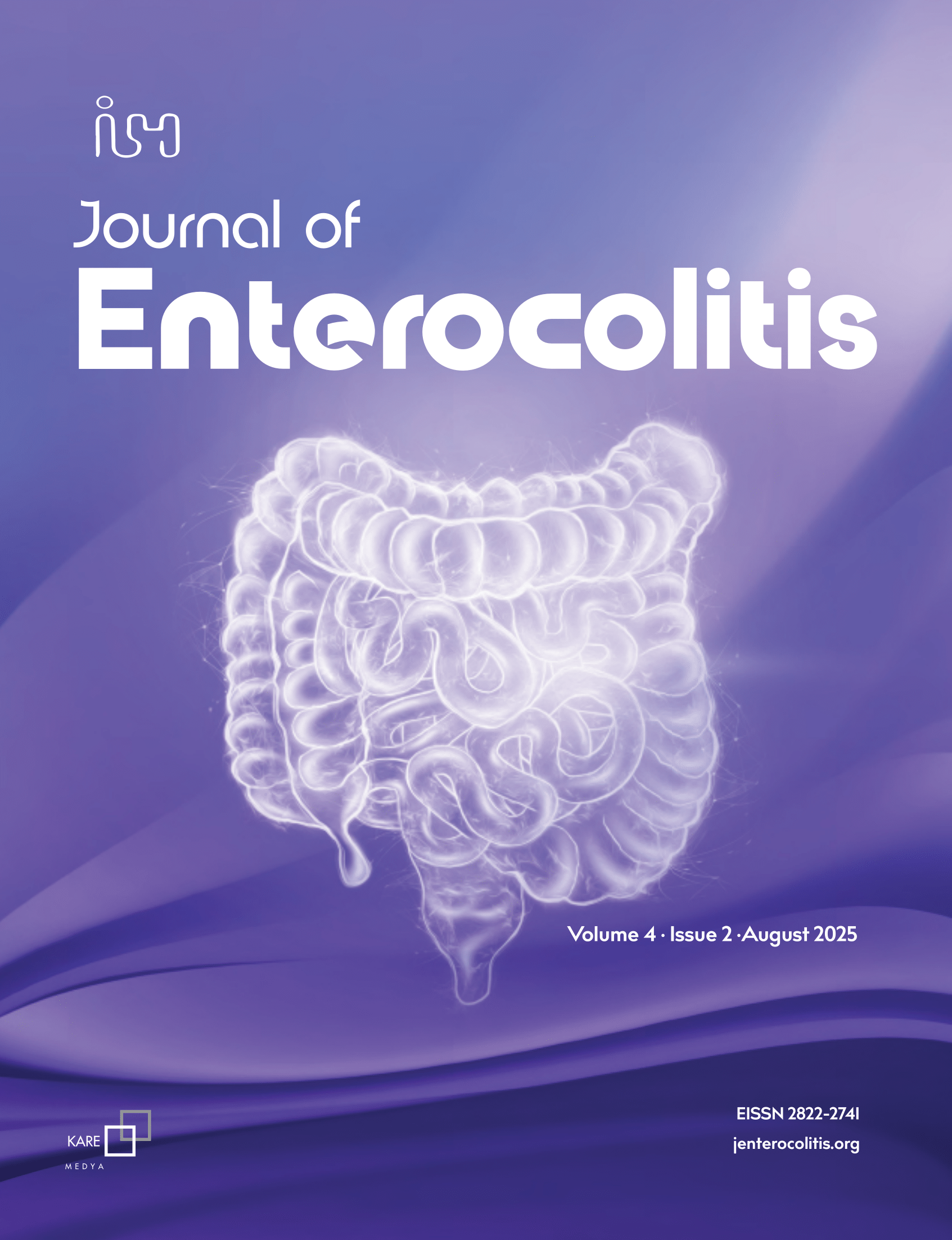
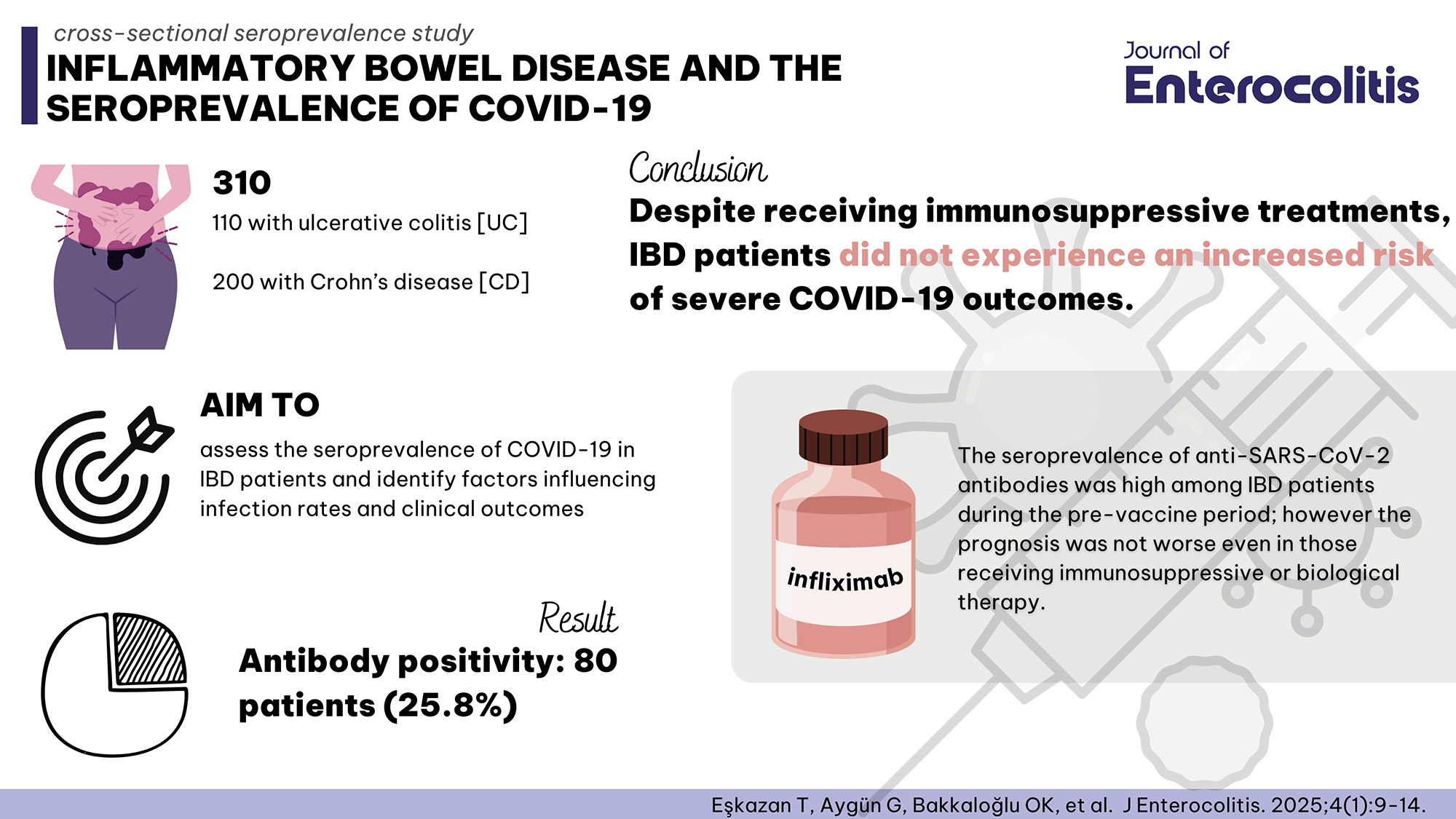

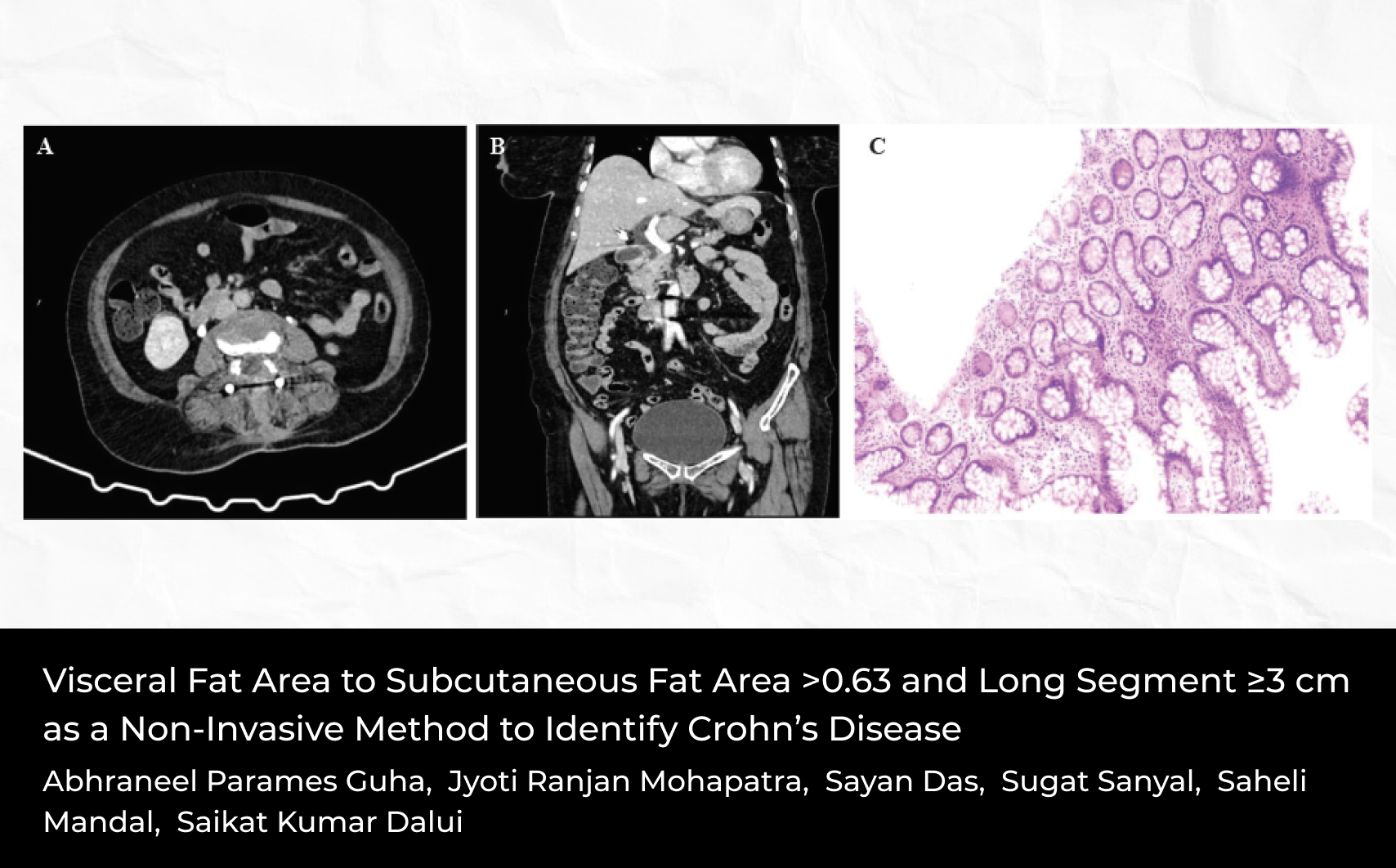
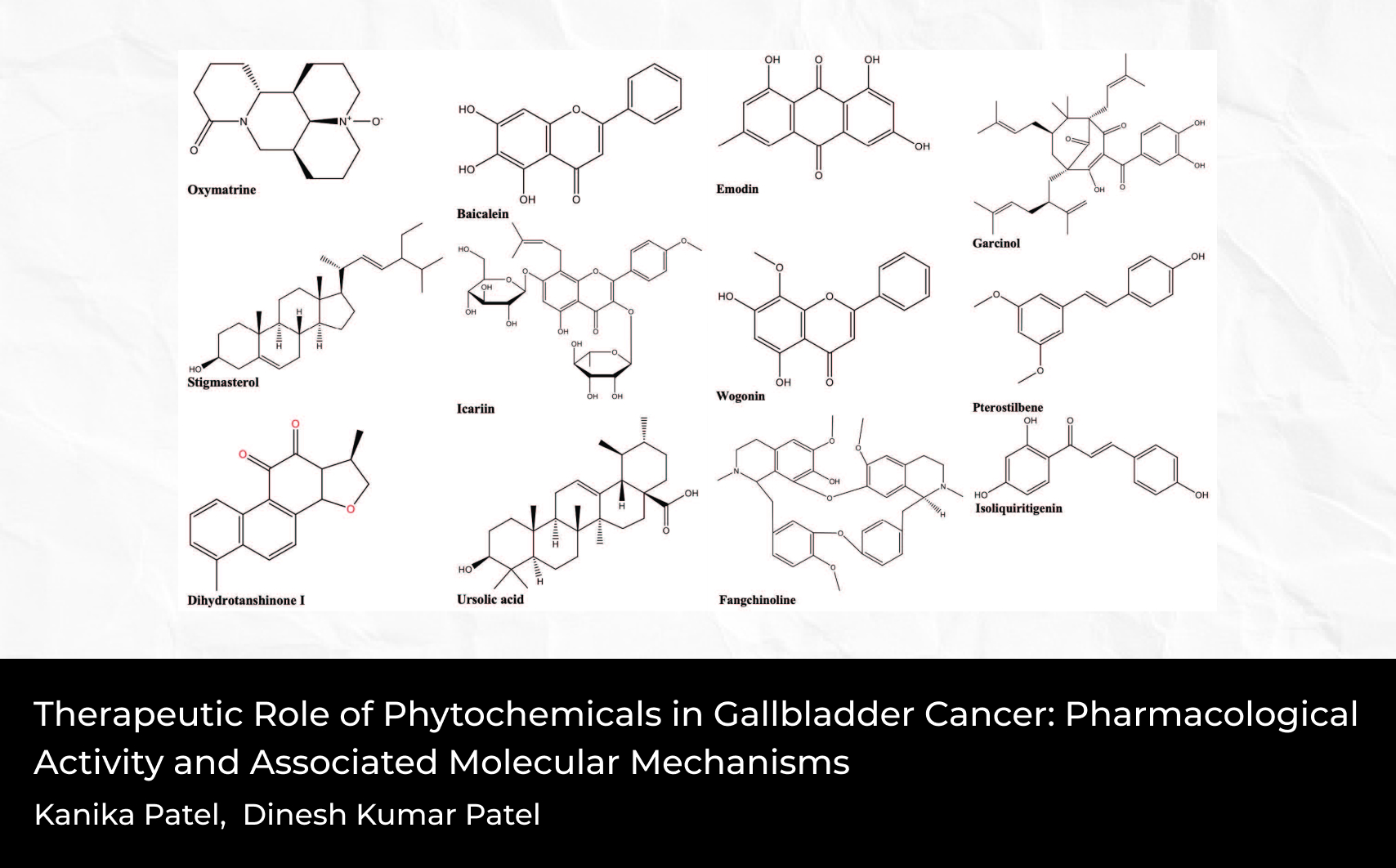
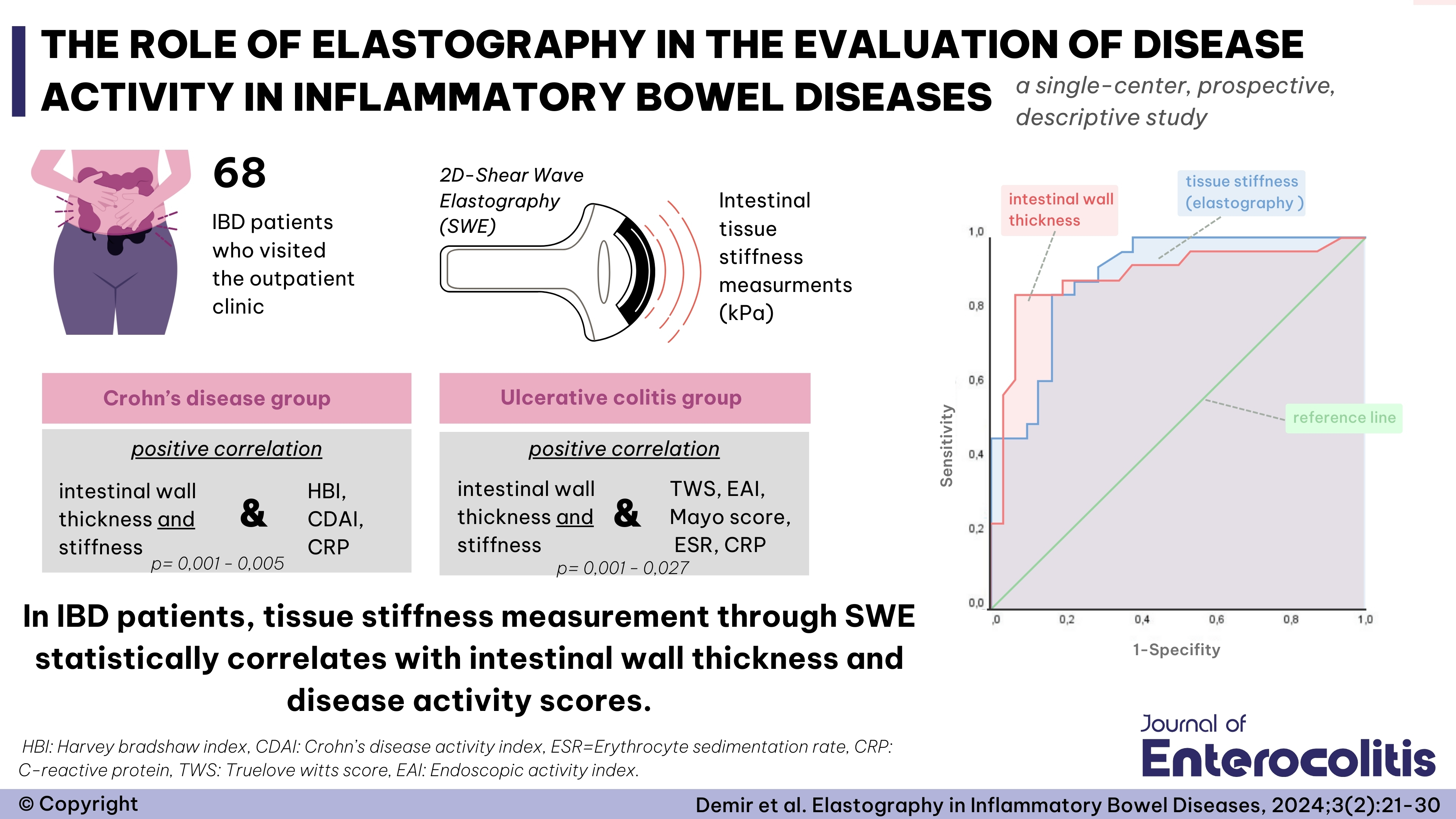
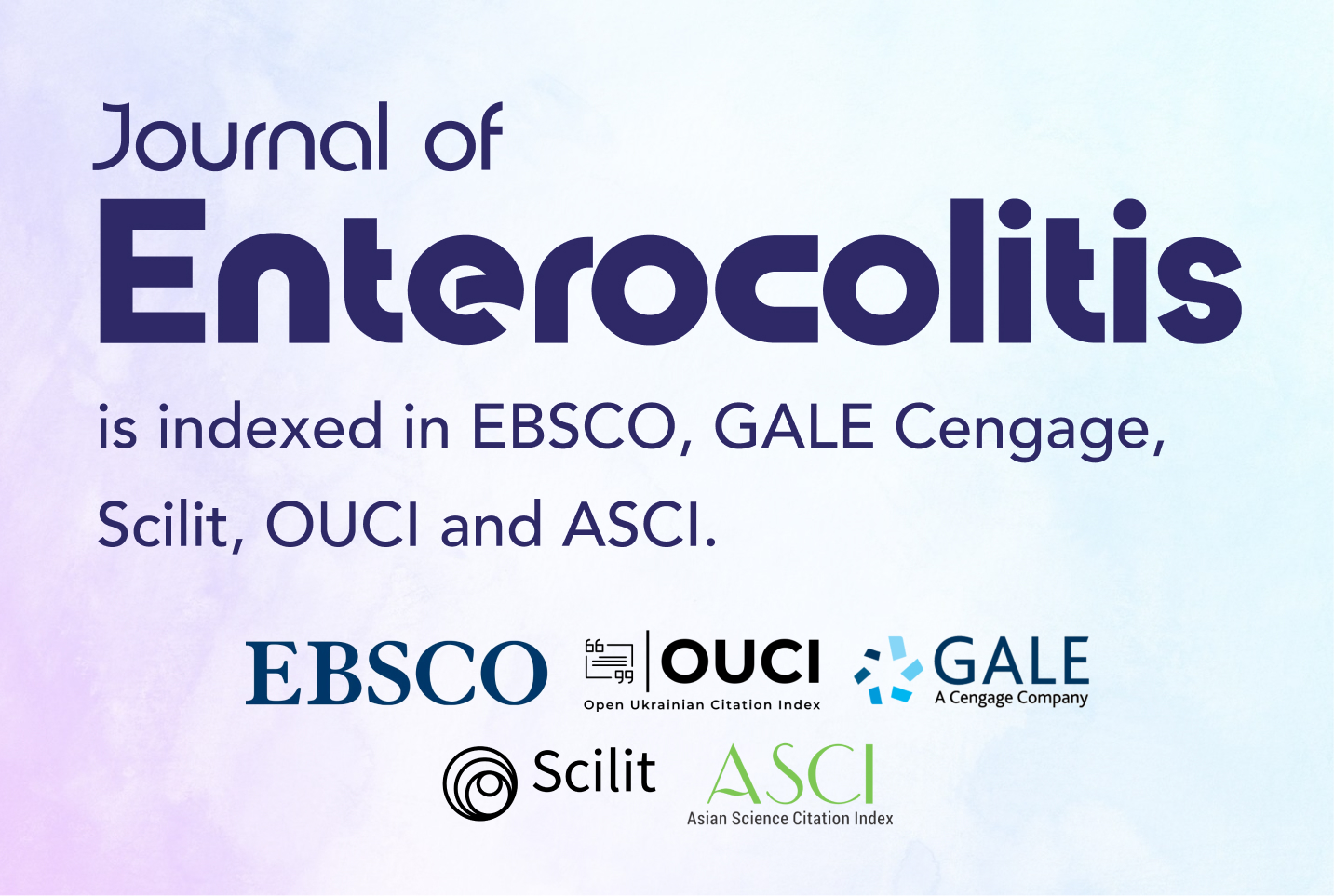
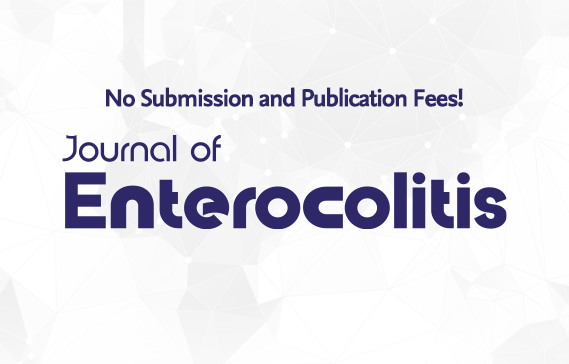
 İlkay Ergenç1
İlkay Ergenç1 






